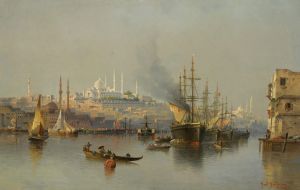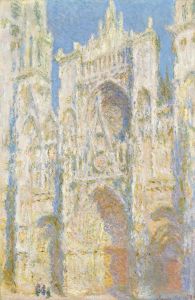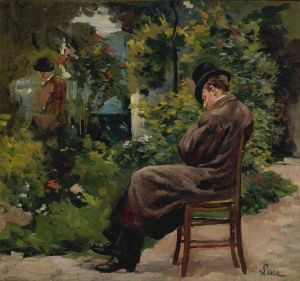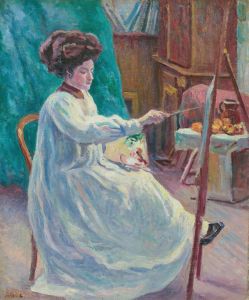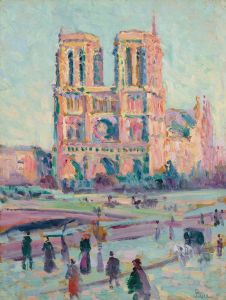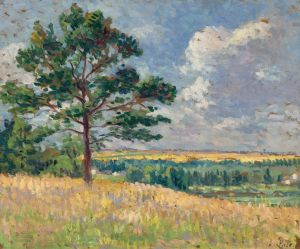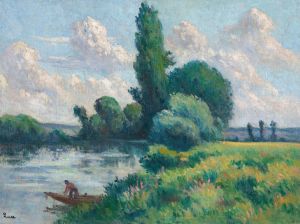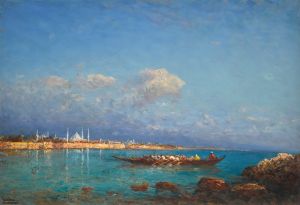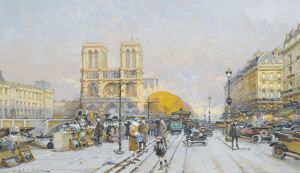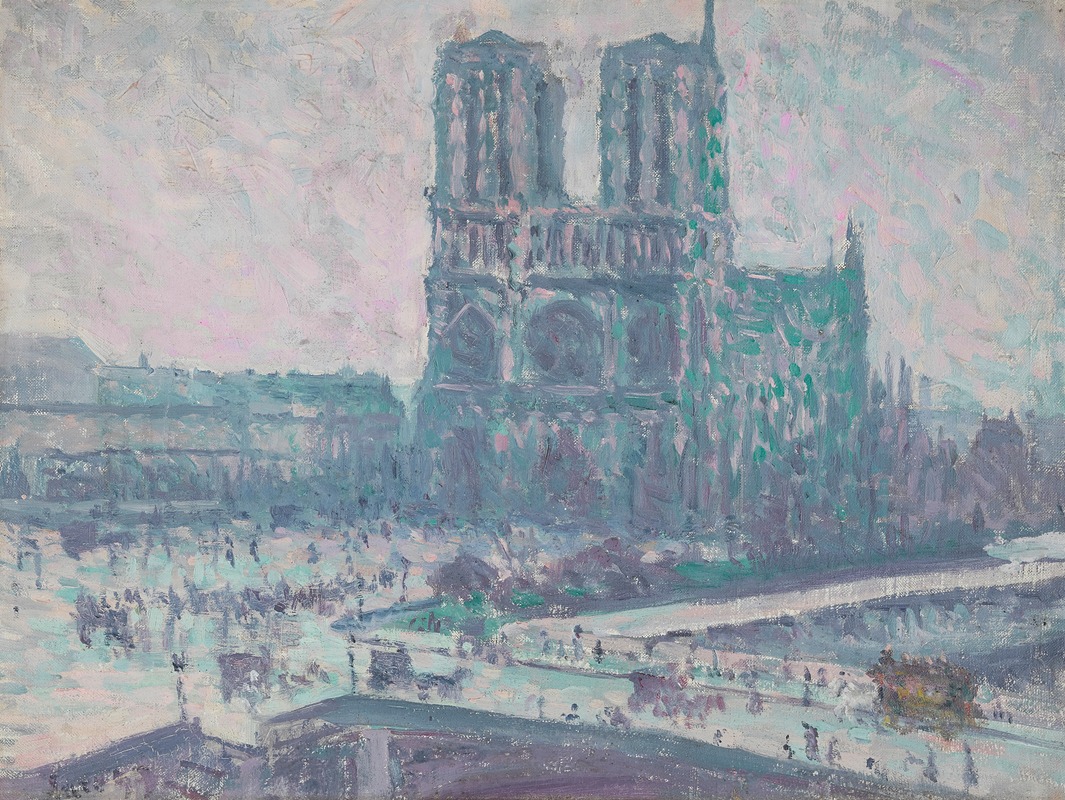
Notre Dame de Paris
A hand-painted replica of Maximilien Luce’s masterpiece Notre Dame de Paris, meticulously crafted by professional artists to capture the true essence of the original. Each piece is created with museum-quality canvas and rare mineral pigments, carefully painted by experienced artists with delicate brushstrokes and rich, layered colors to perfectly recreate the texture of the original artwork. Unlike machine-printed reproductions, this hand-painted version brings the painting to life, infused with the artist’s emotions and skill in every stroke. Whether for personal collection or home decoration, it instantly elevates the artistic atmosphere of any space.
Maximilien Luce was a French Neo-Impressionist artist known for his paintings, illustrations, and engravings. Born on March 13, 1858, in Paris, Luce became associated with the Neo-Impressionist movement, which was characterized by the use of pointillism—a technique involving the application of small, distinct dots of color to form an image. This movement was pioneered by artists like Georges Seurat and Paul Signac, and Luce became one of its prominent practitioners.
One of Luce's notable works is "Notre Dame de Paris," a painting that captures the iconic cathedral located on the Île de la Cité in the heart of Paris. Notre Dame Cathedral is one of the most famous Gothic cathedrals in the world, known for its architectural grandeur and historical significance. It has been a central symbol of Paris and French culture for centuries.
Luce's depiction of Notre Dame de Paris reflects his mastery of the Neo-Impressionist style. The painting is characterized by its vibrant use of color and light, capturing the essence of the cathedral and its surroundings. Luce's technique involves the meticulous application of small brushstrokes, which blend optically to create a luminous effect. This method allows the viewer to experience the interplay of light and shadow, a hallmark of Luce's work.
The painting likely portrays the cathedral from a vantage point that emphasizes its architectural features, such as the twin towers and the rose window, which are iconic elements of Notre Dame. The surrounding environment, possibly including the Seine River and the bustling life of Paris, would be depicted with the same attention to detail and color that Luce applied to the cathedral itself.
Maximilien Luce's work often reflected his interest in the social and political issues of his time. He was known for his anarchist views and his art frequently depicted scenes of working-class life and urban landscapes. While "Notre Dame de Paris" focuses on a monumental architectural subject, it is possible that Luce's broader body of work influenced his portrayal of the city and its landmarks, capturing not just the physical structures but also the spirit of the place.
Throughout his career, Luce remained committed to the principles of Neo-Impressionism, even as other art movements emerged. His dedication to the style and his ability to convey emotion and atmosphere through color and light have earned him a lasting place in the history of art. Luce's paintings, including "Notre Dame de Paris," continue to be celebrated for their technical skill and their ability to evoke the beauty and complexity of the world around him.
Maximilien Luce passed away on February 6, 1941, but his legacy endures through his contributions to the Neo-Impressionist movement and his depictions of Parisian life and landmarks. His work remains an important part of art historical studies, offering insight into both the aesthetic and social dimensions of late 19th and early 20th-century France.





